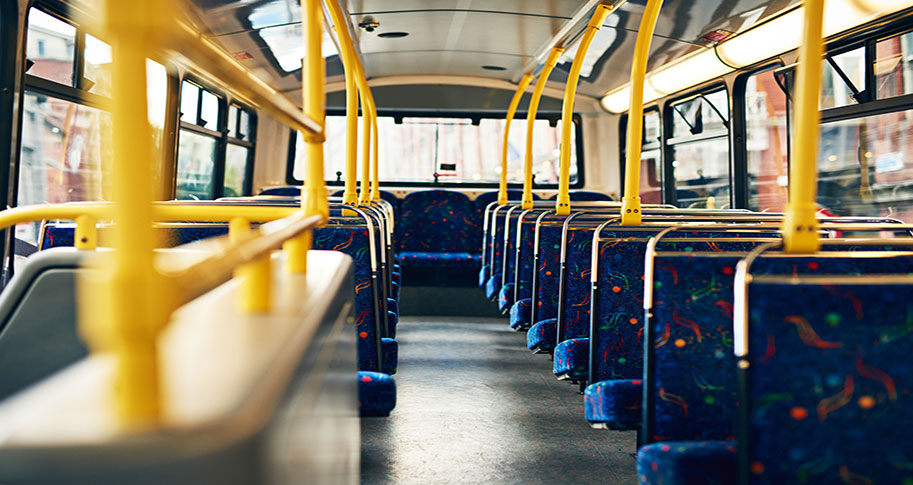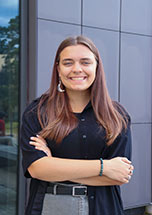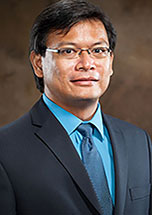
Designing public transport networks involves a debate about tradeoffs between extensive geographic coverage, frequent service on each route, and relying on interconnections as opposed to direct service. Individual preferences for waiting times, travel times, and transfers highly affects a system’s use and decisions both whether and how to invest in it.
TransJakarta is one of the main public rapid transit system serving Greater Jakarta, the urban agglomeration that includes Indonesia’s capital (Jakarta), which has a population of more than 30 million people. TransJakarta serves about 80,000 riders per day in 2019 and accounts for about 2.9% of all trips in the larger metropolitan region in 2018. As of August 2019, the TransJakarta Bus Network used over 139 bus routes, including both Bus Rapid Transit (BRT) and non-BRT routes that operate on dedicated bus lanes along designated stations. As a major system of transportation for the city, it is essential that TransJakarta understands and responds to the demands of the people.
In “Optimal public transportation networks: Evidence from the world’s largest bus rapid transit system in Jakarta,” Walton College’s Arya Gaduh, with Gabriel Kreindler, Tilman Graff, Rema Hanna (Harvard University), and Benjamin A. Olken (MIT), examines the tradeoffs of the world's largest bus rapid transit system. In the paper, which is conditionally accepted at the American Economic Review, the authors used detailed ridership data and aggregate travel flows from smartphone data to study how new direct connections, changes in bus travel time, and wait time reductions affected ridership and overall trips.
Optimizing Networks
Patience may be a virtue, but bus riders rarely look at their transit system to help them cultivate that virtue further. For example, commuters are more sensitive to wait times (2-4 times more) compared to the time spent on the bus. Unsurprisingly, they also tend to ignore longer routes if they can. As large cities continue to grow, challenges, such as traffic congestion, pollution, commuting patterns, and work patterns will continue to get worse unless public transport addresses them.
In response, the researchers introduced a new framework to describe the set of optimal networks with results suggesting that a less concentrated network would increase ridership and commuter welfare.
The study also looked at the ideal transit network, one expanding beyond the city center for a wider reach across Jakarta and found that covering about 66% of the city’s grid would be more effective than the current 42%. This would noticeably improve access to public transport, increasing it by 18%.
That said, Gaduh and his coauthors are less interested in showing the relationship between increased ridership and an increase in available routes for riders. Instead, they are providing something more valuable and nuanced: how route changes allow researchers and policy makers to better estimate readers’ preferences regarding wait times, transfer times, and travel times. In short, if there’s a change to my normal route on Razorback Transit, how does that affect my willingness to wait, the number of transfers I am willing to make, and my overall travel time?
Then, the authors used these preference parameters to simulate an optimal network of buses given the estimates of how much (potential) riders care about waiting, transfer, and travel times. Thinking about optimal networks makes sense for TransJakarta because bus routes are more malleable compared to railway transit systems (e.g., subways), where adjusting route availability is very costly. At the same time, identifying these optimal networks that maximize ridership requires having accurate estimates of the riders’ preference parameters. The goal is to understand how these route changes affect my use of the entire system.
Gaduh and his coauthors collected ridership data and travel patterns of passengers through smart cards and anonymized smartphone location, even if they weren’t using TransJakarta. Reconstructing the network at different points in time with the combination of data from TransJakarta and the mobility planning app, the study analyzed how the commuters chose to participate in the transit system.
Additionally, while few cities have experienced the rapid population growth that Jakarta has experienced in recent decades, municipalities can learn from TransJakarta’s challenges and its continued struggles to manage and understand the demands of its ever-growing ridership just as they can learn from more successful networks like Tokyo and Singapore’s.
Learning from Riders
Launching or altering public transport routes affects the attractiveness of a city. Getting it right is not easy, but research such as this could help decision makers understand the overall scope and impact of route changes. Understanding rider preferences with regard to route changes can help improve the design of public transit and thus better serve the overall community’s needs. Transit network improvements and additions, after all, should help solve problems for a municipality, not create thornier, newer ones!
As cities increase in both size and population, the number of centralized public transportation networks will likely continue to grow. Cities should learn from the challenges that TransJakarta faces since rapid urban growth can impact traffic congestion, increase pollution, change commuting and work patterns, and further influence the shape of city growth.
Understanding riders’ shifting preferences can also make the overall network more attractive to users, allowing transit networks to offset more of the problems rapidly growing areas routinely face. An optimally designed network will help the community, cater to riders’ needs and preferences, and thus benefit consumer welfare.
 Victoria Hernandez is a second-year graduate student in news narratives at the University
of Arkansas School of Journalism. She holds bachelor’s degrees in English and journalism
with minors in history and gender studies. Her writing experience includes writing
for The Arkansas Traveler, serving as editor-in-chief at Hill Magazine, and interning
at KUAF, The University of Arkansas Press, and The Gayly. She currently serves as
the Director of Strategic Media and Collaboration and as a Gender Studies graduate
assistant.
Victoria Hernandez is a second-year graduate student in news narratives at the University
of Arkansas School of Journalism. She holds bachelor’s degrees in English and journalism
with minors in history and gender studies. Her writing experience includes writing
for The Arkansas Traveler, serving as editor-in-chief at Hill Magazine, and interning
at KUAF, The University of Arkansas Press, and The Gayly. She currently serves as
the Director of Strategic Media and Collaboration and as a Gender Studies graduate
assistant.




